
History
Records show that ridgebacked dogs were used in South Africa as hunting and companion dogs as far back as the 15th Century. They were used to track big game (hence the name "Lion Dog") and were trained to trap the prey without attacking, and to alert their masters by barking.
In the 17th Century, these dogs were bred by European settlers with their own scent hounds and mastiffs, into the Ridgeback of today.
Appearance
Ridgebacks are large, handsome and althletic looking dogs. Their name comes from the ridge of hair on their back which grows in the opposite direction to the rest of their hair.
They have a broad skull with big round eyes which are quite wide set. They can have a black nose with dark eyes or a brown nose with amber eyes.
They have a deep set chest with strong, muscular shoulders and loins.
Temperament
Ridgebacks are stubborn and determined dogs; it is essential that they are properly socialised and receive some proper training at an early age. Because of their stubborness, they can be a challenge to train and may not be suitable for inexperienced dog owners.
Having said this, they are a pleasure to own. They make lovely family pets; they are confident and placid at home although they are generally aloof with strangers.
With their imposing size and a big bark, these dogs make good guard dogs and are likely to deter intruders.
Grooming
With a very short, dense coat, a minimal amount of grooming is required.
Exercise
Ridgebacks are big dogs and therefore require a significant amount of exersize - in the region of an hour a day as a minimum although they will keep going for as long as you ask them to!
Health Problems
As with many large dogs, hip and elbow dysplasia is not uncommon. Parents "hip" scores should be checked to minimise the risk of this hereditory disease being present - good breeders will only breed from parents with low hip scores.
It is estimated that about 5% of Ridgebacks have Dermoid Sinus; this relates to a tube like piece going from the surface of the skin into variable depths of the tissue. This has a tendancy to become affected. Breeders should ensure that puppies are tested for this condition before they go to their new homes; if a puppy is free of Dermoid Sinus, it is not something that will develop at a later age.
It is possible for vets to operate to remove the Dermoid Sinus.
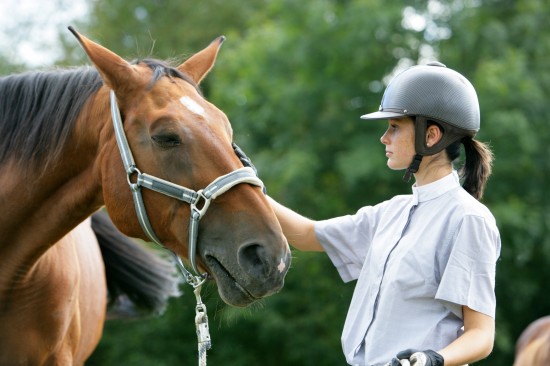 How Horses Get Their Own Back By Teaching Owners A Lesson
How Horses Get Their Own Back By Teaching Owners A Lesson
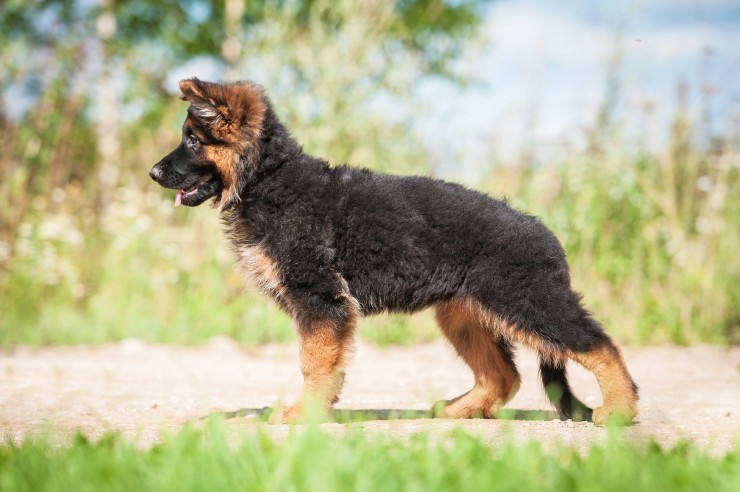 What Should A Puppy Health Guarantee Cover?
What Should A Puppy Health Guarantee Cover?
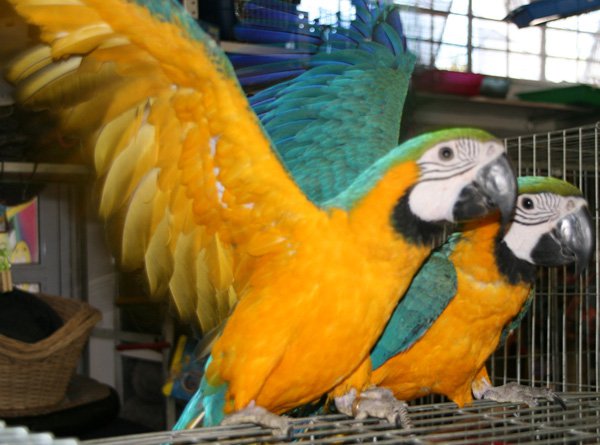 All You Need To Know About Cocker Spaniel
All You Need To Know About Cocker Spaniel
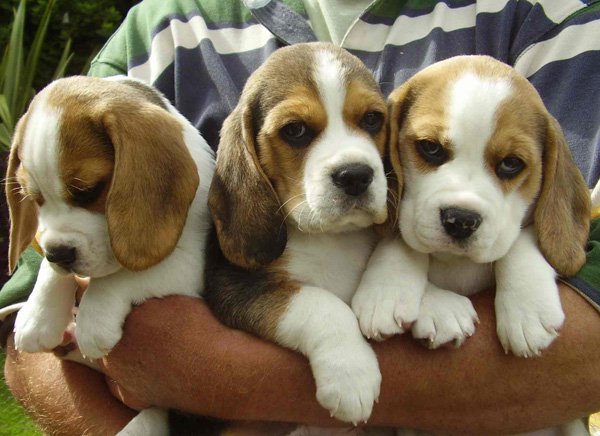 Golden Retriever Puppies For Sale - What You Need To Look At?
Golden Retriever Puppies For Sale - What You Need To Look At?
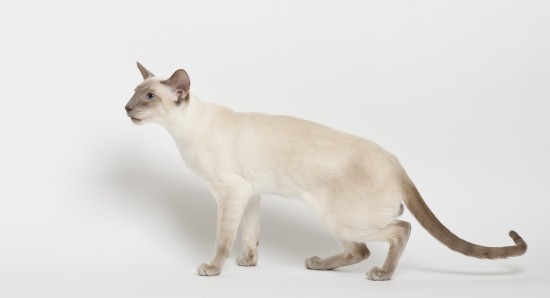 The Personality Of The Siamese Cat
The Personality Of The Siamese Cat
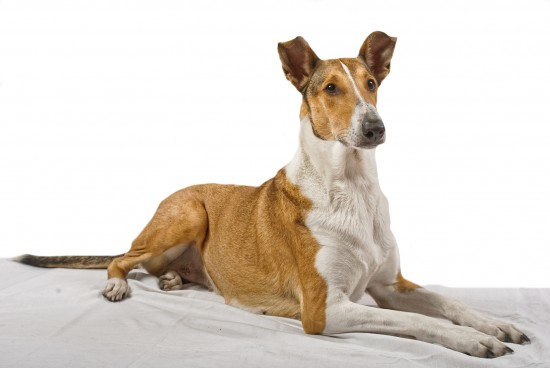 Hereditary Health And Longevity Of The Smooth Collie Dog Breed
Hereditary Health And Longevity Of The Smooth Collie Dog Breed
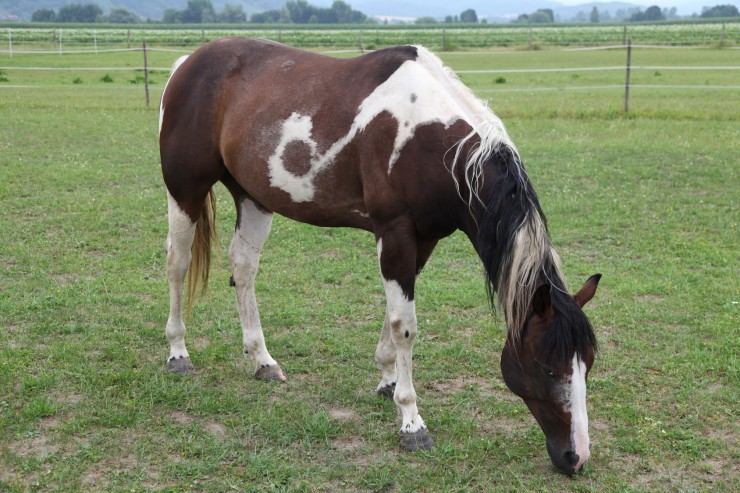 Do Older Horses Need To Be Vaccinated And Wormed?
Do Older Horses N
Do Older Horses Need To Be Vaccinated And Wormed?
Do Older Horses N
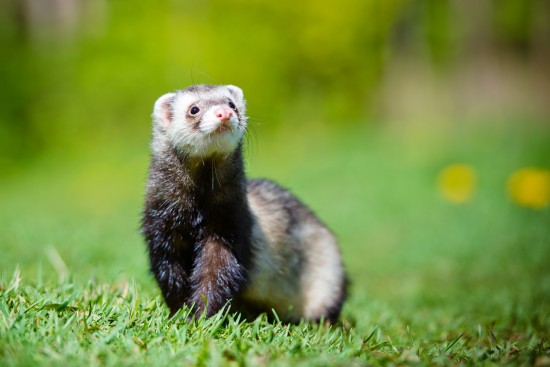 Recognising Heat Stroke In Ferrets
Recognising Heat
Recognising Heat Stroke In Ferrets
Recognising Heat
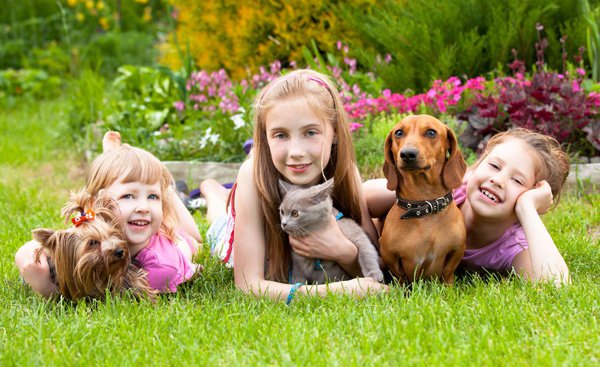 How Feeding Quality Treats Influence Dogs Health?
How Feeding Quality Treats Influence Dogs Health?
How Feeding Quality Treats Influence Dogs Health?
How Feeding Quality Treats Influence Dogs Health?
 Why Choose A Boxer Dog
I have owned and loved boxer dogs for the past 25 years
Why Choose A Boxer Dog
I have owned and loved boxer dogs for the past 25 years
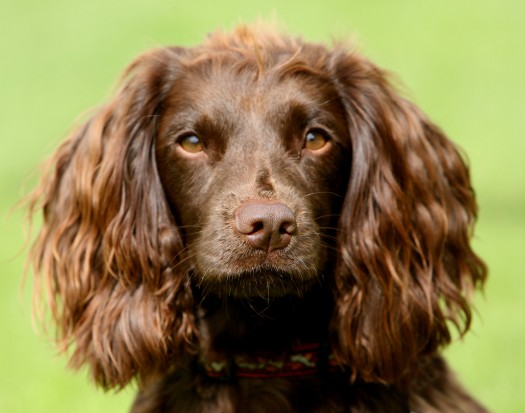 Ownership Considerations For The Field Spaniel
Ownership Conside
Ownership Considerations For The Field Spaniel
Ownership Conside
Copyright © 2005-2016 Pet Information All Rights Reserved
Contact us: www162date@outlook.com